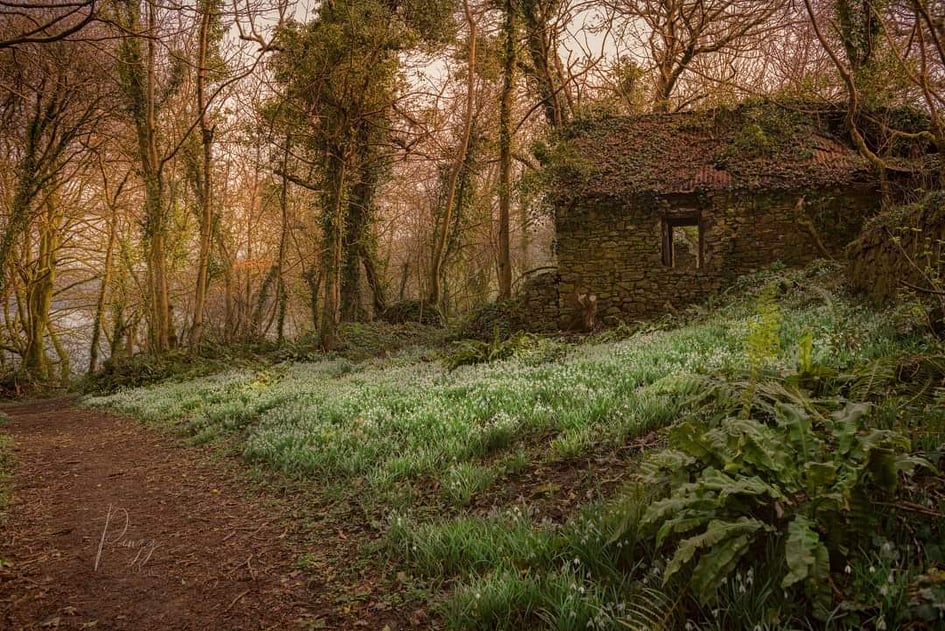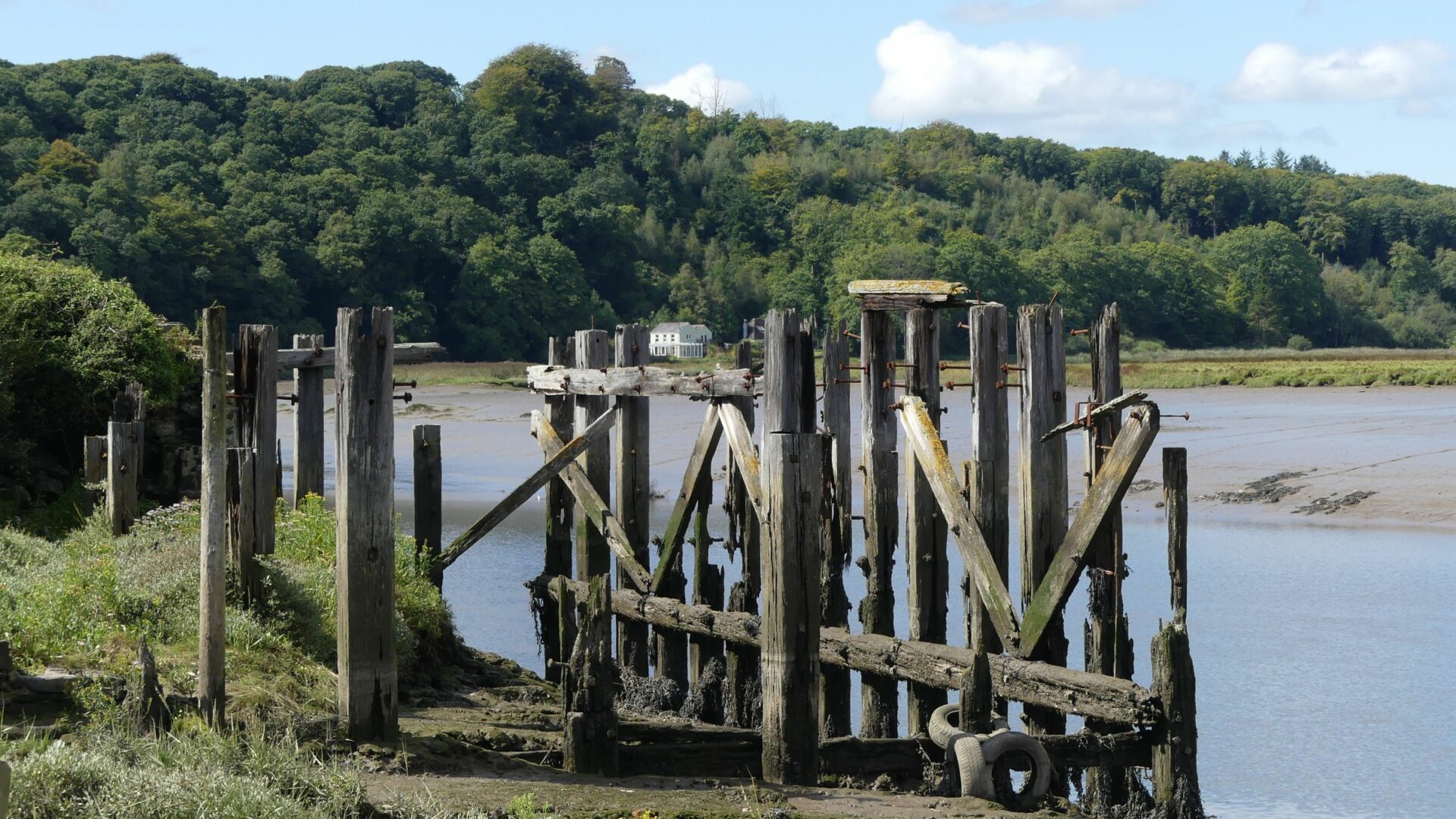
Discovering: Daugleddau Estuary
-
Date posted: 26/08/2021
-
Time to read: 6 minutes

Kate Gravell
Kate Gravell is a Communications Officer at the Pembrokeshire Coast National Park Authority and Editor of Coast to Coast, the Authority’s award-winning magazine. A Pembrokeshire native, she came to the role two years ago from a background in teaching and political communications. Working for the Park Authority has strengthened her appreciation of the spectacular landscapes that exist on her doorstep, as well as introducing her to some new hidden gems.
Although celebrated for its dramatic coastline and sandy beaches, visitors to the Pembrokeshire Coast National Park may not realise that some of its best-kept secrets lie further inland…
It was perhaps my most rewarding discovery last summer, when staycationers from across the UK flocked to Pembrokeshire’s beautiful beaches – and who could blame them after so many months spent under lockdown?
The increase in visitors may have provided the kiss of life to the local tourism industry, but it presented quite a conundrum to those of us, like myself, seeking out quieter spots for a stroll in the summer sun.
It was in finding a solution that I first stumbled across the charms of the Daugleddau Estuary.
In years gone by, before the railways extended their reach into Pembrokeshire, this was one of the busiest thoroughfares in the county for both people and goods – and probably one of the last places you’d go to get away from it all.
Today, though, this tranquil waterway forms part of the Pembrokeshire Marine Special Area of Conservation, and the picturesque inlets and pills of its upper reaches are places of national and international importance for birds and other wildlife.
Although much of the estuary is inaccessible by vehicle or on foot, I found my point of entry at Little Milford, an area of sheltered woodland perched on the western banks of the Daugleddau.
What struck me immediately, and left a lasting impression, was how different this part of the Park was from the coastline I’d grown to know and love. Although the scars of an industrial past were still visible in the form of mine shafts, lime kilns and a couple of ruined cottages they were the only traces of human presence that I found.
There were several magical moments on my walk – watching flocks of waders along the water’s edge, having to perform a ballet manoeuvre to avoid stepping on a particularly slow-moving slow worm, and the curious fox, who came within a couple of metres to scrutinise me carefully before ambling back into the trees.
Of course, the ideal way to explore the Daugleddau Estuary would be by kayak or canoe – although it’s important not to underestimate this beautiful stretch of water, as there are areas of strong tidal flow and tricky currents which can easily catch the inexperienced or unaware paddler off-guard.
But whether it’s explored on foot or by water, this secret waterway, with its picturesque landscapes, quiet villages and many heritage sites, offers a sense of peace and tranquillity that you’d be hard-pressed to find elsewhere in Pembrokeshire, especially during the busy summer months.
